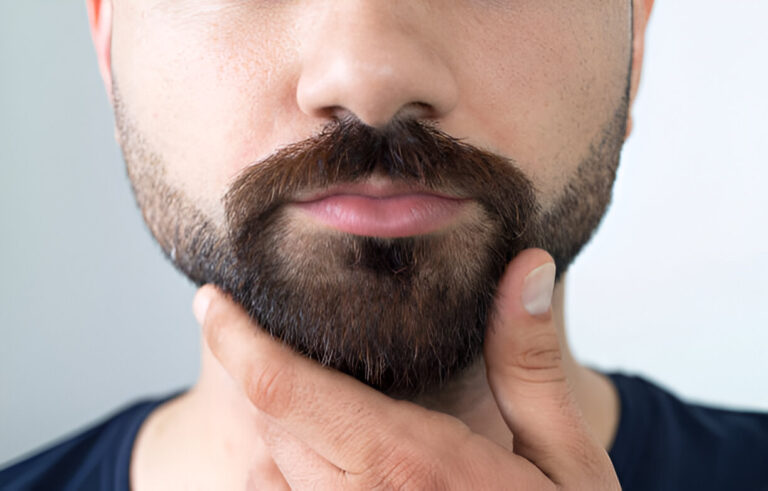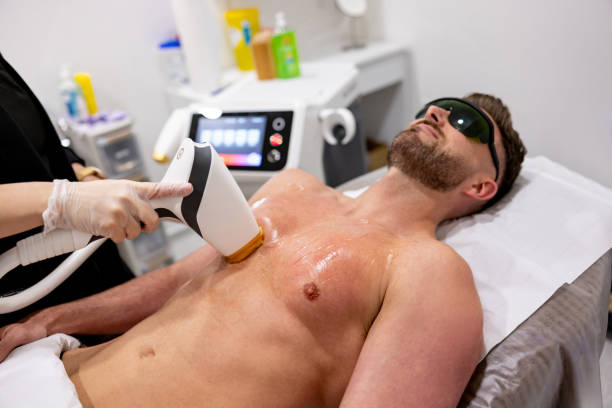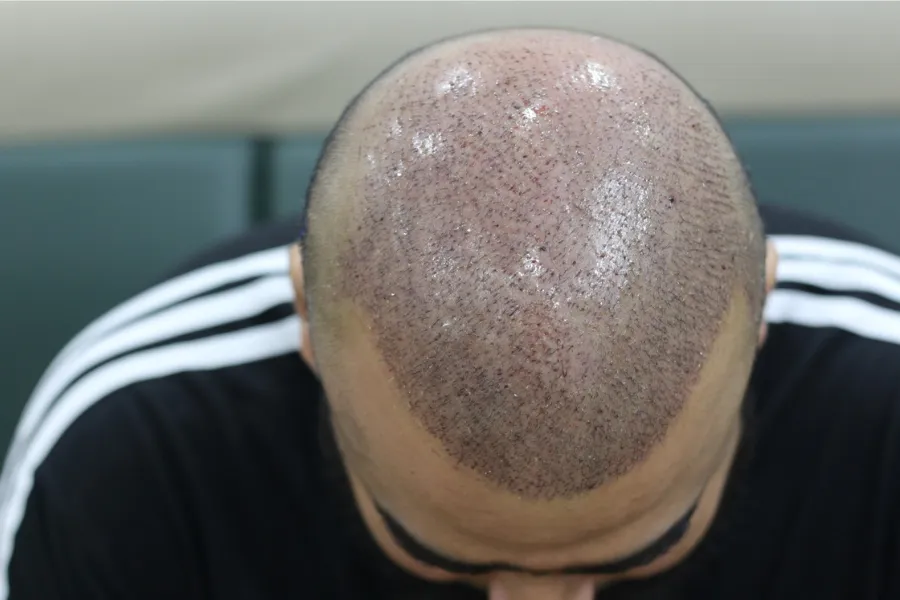Beard hair transplant has gained immense popularity among men seeking to enhance their facial aesthetics and achieve a fuller, more defined beard. As the trend toward personalized grooming continues to rise, many individuals are curious whether this procedure is suitable for their unique skin type. The question, “Does beard hair transplant work for all skin types?” is central for those considering this cosmetic enhancement. Understanding how skin type influences the success of a Beard Hair Transplant in Abu Dhabi can help prospective patients make informed decisions and set realistic expectations about their results.
Understanding Beard Hair Transplantation
What is a Beard Hair Transplant?
A beard hair transplant is a surgical procedure that involves harvesting hair follicles from a donor area, typically the back of the scalp, and implanting them into areas of the face where beard hair is sparse or absent. This technique allows for the natural growth of facial hair, providing a more masculine and defined appearance. The procedure is minimally invasive, utilizing advanced techniques to ensure precision and natural-looking results.
The Process of Transplanting Beard Hair
The process involves meticulous planning and execution. Initially, a detailed assessment of the patient’s facial structure and hair density is performed. Donor follicles are extracted using either Follicular Unit Extraction (FUE) or Follicular Unit Transplantation (FUT) methods. These follicles are then carefully implanted into the target areas, considering natural hair growth patterns and angles. Proper post-operative care is essential to ensure the survival of transplanted follicles and optimal healing.
Factors Affecting Transplant Success
The Role of Skin Type in Hair Transplant Outcomes
Skin type plays a significant role in the overall success of a beard hair transplant. It influences healing, the likelihood of scarring, and the integration of transplanted follicles. Skin conditions such as oiliness, sensitivity, or dryness can affect how well the scalp and facial skin respond to the procedure. A comprehensive pre-operative evaluation helps determine the best approach tailored to individual skin characteristics.
How Skin Color and Thickness Impact Results
Skin color and thickness are also important considerations. Thicker skin may provide a more robust environment for follicle survival, while darker skin tones require careful handling to avoid hyperpigmentation or hypopigmentation. The practitioner’s expertise in managing different skin types ensures that pigmentation issues are minimized, and the aesthetic outcome aligns with the patient’s expectations.
Is Beard Hair Transplant Suitable for All Skin Types?
Compatibility Across Diverse Skin Types
The good news is that beard hair transplant in Abu Dhabi and other locations can be effective for a wide range of skin types, including oily, dry, sensitive, and darker skin tones. Advances in surgical techniques and post-operative care have made it possible to adapt procedures to suit individual skin characteristics, maximizing success rates across diverse populations. Proper assessment and personalized treatment plans are critical to addressing specific skin concerns and ensuring optimal results.
Addressing Concerns Specific to Skin Types
Certain skin types may require additional considerations. For example, sensitive or prone-to-scarring skin may benefit from gentler handling during extraction and implantation. Oily skin types might need tailored post-operative skincare to prevent infections or folliculitis. In all cases, experienced practitioners employ specialized techniques to mitigate potential issues and promote healthy healing regardless of skin color or texture.
Post-Transplant Care for Different Skin Types
Tailored Aftercare Instructions
Post-operative care is vital to the success of the transplant, especially considering individual skin differences. Proper cleaning, moisturizing, and sun protection can enhance healing and reduce complications. For sensitive or darker skin, specific instructions help prevent pigmentation changes and scarring. Maintaining a healthy scalp and facial skin environment supports the growth of transplanted follicles and overall aesthetic results.
Monitoring and Follow-up
Regular follow-ups allow practitioners to monitor healing progress and address any skin-related concerns promptly. Adjustments in post-care routines may be recommended based on skin type, ensuring that the patient’s facial skin remains healthy and the transplanted hair thrives. Open communication between the patient and the medical team is essential for achieving natural and long-lasting results.
Conclusion
In summary, a beard hair transplant can be a highly effective solution for men across all skin types, thanks to advancements in surgical techniques and personalized care. While individual skin characteristics influence specific aspects of the procedure and healing, they do not inherently limit the potential for successful outcomes. With proper assessment, tailored treatment plans, and professional guidance, individuals with diverse skin types can achieve a fuller, natural-looking beard that enhances their appearance and confidence.
FAQs
1. Can people with sensitive skin undergo a beard hair transplant?
Yes, individuals with sensitive skin can undergo a beard hair transplant. Experienced practitioners adapt their techniques and post-operative care instructions to minimize irritation and promote smooth healing.
2. Will the color of my skin affect the appearance of the transplanted beard?
Skin color itself does not affect the appearance of the transplanted hair, but it is important to manage pigmentation carefully during and after the procedure, especially for darker skin tones, to prevent discoloration.
3. Is the recovery process different for various skin types?
While the overall recovery process is similar, certain skin types may require additional attention, such as specialized skincare routines or precautions to prevent scarring or pigmentation changes.
4. How long does it take to see the final results of a beard hair transplant?
Typically, transplanted hair begins to grow within a few months post-procedure, with the final results becoming evident around 6 to 12 months after the transplant, depending on individual healing and hair growth cycles.







0 Comments